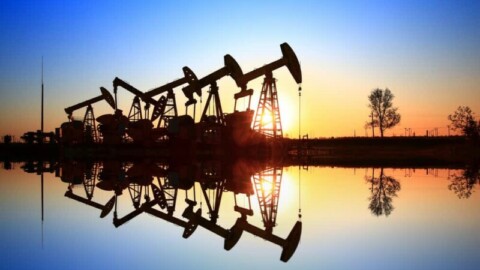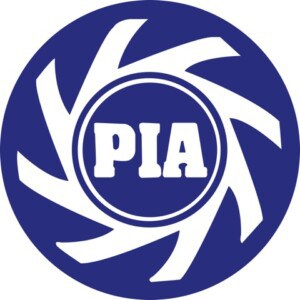Despite the recent rainfall in New South Wales, the downpour has not had a massive effect on dams, leaving irrigation outlooks unchanged.
Though the rains have eased droughts for some, many large water storages like Burrendong, Keepit and Lake Hume are still only around 15 per cent full.
WaterNSW has announced the general security water allocation for irrigators in the Murray would remain at zero per cent.
The Murrumbidgee Valley remains on six per cent for general security allocation.
Ricegrowers’ Association of Australia President, Rob Massina, who farms near Jerilderie in the southern Riverina, said another zero allocation announcement was disappointing for all irrigators in the Murray.
“What we are currently seeing is water being set aside for the 2020-21 year and, given the carryover water from last year was about 300 gigalitres and it is sitting at about that now, it shows there is an element of underusage as well,” Mr Massina said.
“Now is a good opportunity to review the water allocation framework and look at efficiencies right through the system.”
Murrumbidgee Irrigation and Murray Irrigation – the two organisations that distribute water to irrigators – declined to comment on the allocation announcement.
Rain, but not a lot of run-off
WaterNSW spokesman Tony Webber said the soil moisture deficit was so high that there had not been the run-off into dams that would be a game changer.
“The rain has been great for grain growers and graziers but, while rain fell in the catchments, it has not led to significant run-off into the dams,” Mr Webber said.
“But there is good news in some areas like the Barwon-Darling where the rivers are flowing for the first time in several years, and the Darling and Murray Rivers have connected up.
“What has been pleasing is that we have seen Keepit Dam go up from effectively zero per cent and Burrendong a similar amount, and now town water is available for stock and domestic as well, which will take the pressure off communities like Gunnedah, Walgett and Dubbo.”
Burrendong Dam has gone from one per cent in February 2020 to just under 16 per cent in April, and that inflow has been welcomed by irrigator and Macquarie River Food and Fibre President, Tony Quigley.
“I think it will need to get to 25 per cent to allow the irrigation allocation to increase as there has been zero general allocation for the past two years,” Mr Quigley said.
“But with the catchment getting wet and run-off starting in a few streams and rivers it is a pleasing sign.
“We just need a bit more rain and to bide our time for more run-off, but the signs are positive.”
The great wall of Wyangala
In central west NSW, construction work to raise the wall of Wyangala Dam to increase water storage capacity was expected to begin in October.
The project is jointly funded by the NSW Government and Federal Government and will allow an extra 650GL of capacity.
WaterNSW said the dam’s embankment and downstream rockfill would be raised, along with the spillway and intake towers by 10m.
However, widespread rain was not enough to ease water restrictions in parts of NSW.
Several councils in the central west had moved to level five restrictions in late 2019, but further rain was required to allow those to be reduced.
Central Tablelands Water (CTW) brought in level five restrictions in April, due to water levels at Lake Rowlands falling to 35 per cent.
CTW Chief Executive, Gavin Rhodes, said, “We have received widespread rain recently, but unfortunately the storms have been isolated and not in the catchment area.
“With temperatures dropping off, water demand is slowly reducing. However, there is the possibility of no inflows in the near future.
“We could potentially be at our level six water restriction trigger point of 30 per cent within an eight to ten-week period.”
















